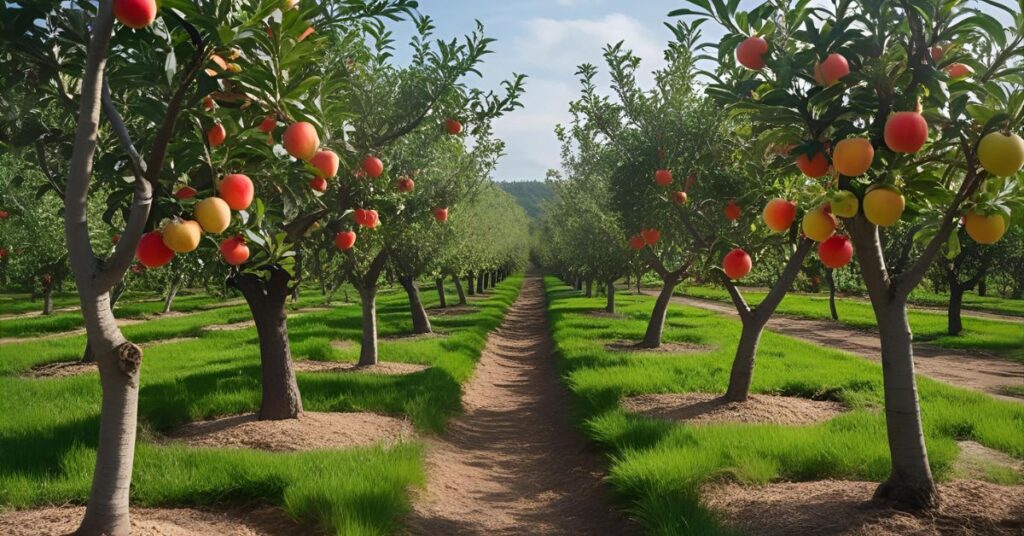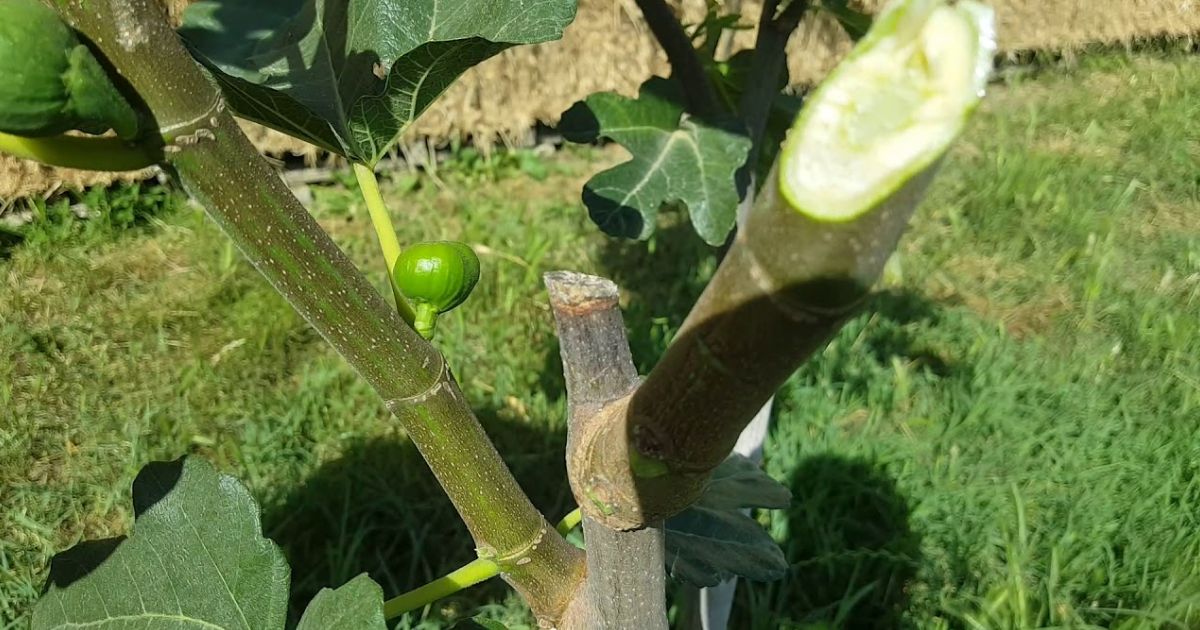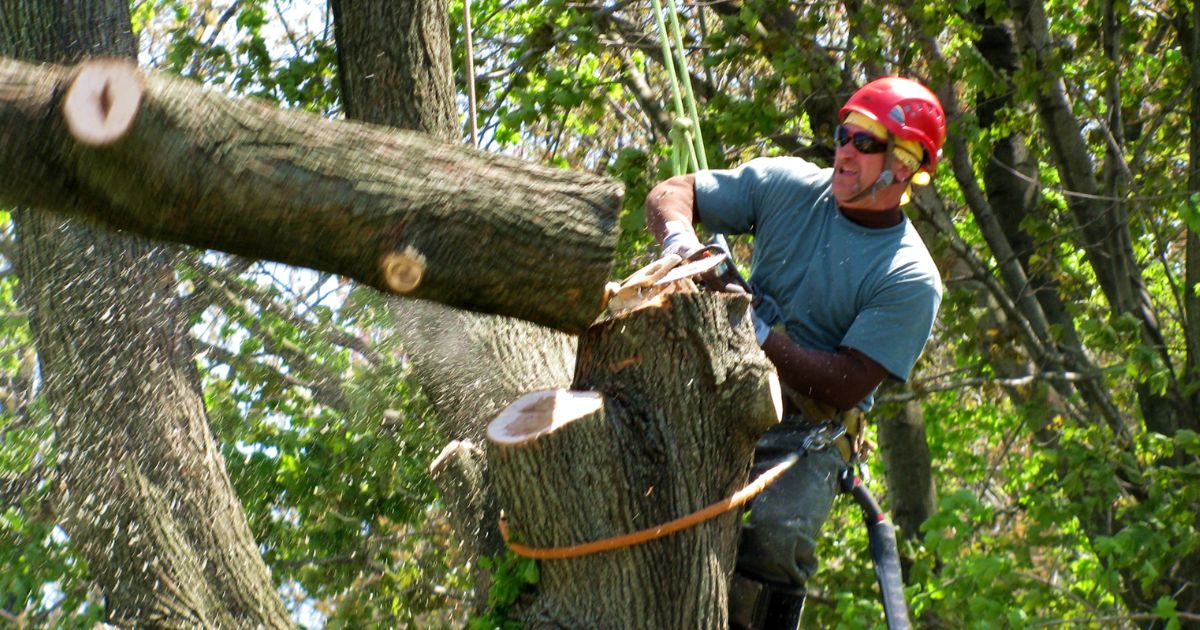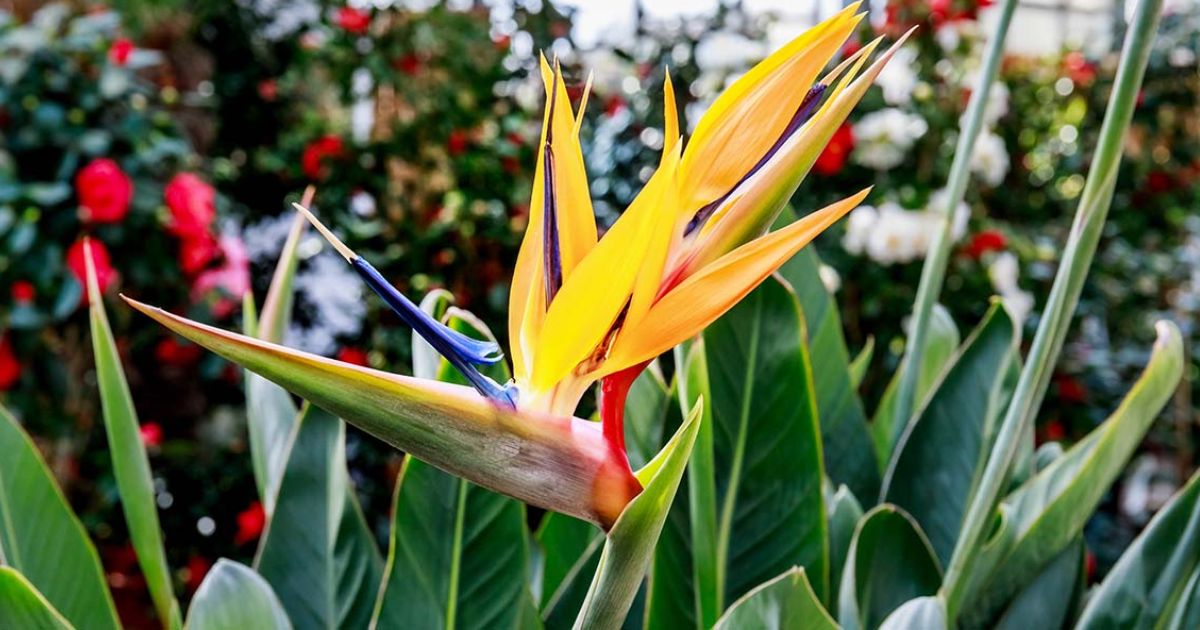An orchard is more than just a collection of trees—it’s a carefully planned area dedicated to growing fruit or nut trees that provide delicious, fresh produce. Whether you’re walking through a sprawling commercial orchard or tending a small backyard fruit grove, orchards play a vital role in agriculture, food production, and even environmental sustainability. But what exactly is an orchard, and why are they so important?
In this article, we’ll explore what an orchard is, the different types of orchards you can find or start, the many benefits orchards bring to farmers and communities, and a step-by-step guide on how to begin your orchard. Whether you’re a beginner gardener or interested in commercial fruit farming, understanding these fundamentals will help you appreciate the value of orchards and guide you toward creating a thriving fruit-growing space of your own.
What Is an Orchard?
An orchard is a specially designated area where fruit or nut trees are deliberately planted, cultivated, and managed for harvesting. Simply put, it’s a piece of land dedicated primarily to growing trees that produce edible fruits or nuts such as apples, oranges, cherries, almonds, or walnuts. Unlike a typical garden that might include a variety of flowers, vegetables, and small orchard plants, an orchard focuses mainly on tree crops grown systematically for food production.
What is orchard? sets an orchard apart from other types of farms or gardens is its specific purpose and scale. While farms can be used to grow a wide range of crops, including grains, vegetables, and livestock, orchards concentrate solely on tree fruits and nuts. Similarly, a garden often serves a decorative or personal-use purpose and tends to be smaller and more diverse in plant types. Orchards, on the other hand, are carefully planned to optimize tree health, spacing, and yield, making them an essential agricultural system for producing fresh, nutritious food on a larger scale.
Types of Orchards
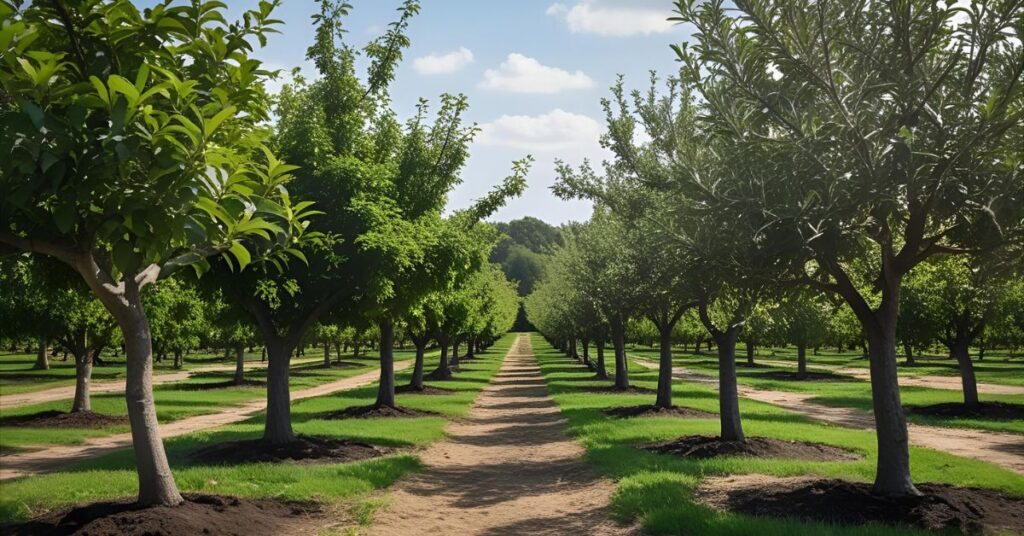
Orchards come in various forms, each designed to serve different purposes depending on the scale, cultivation methods, and types of trees grown. Understanding the different types can help you decide which orchard best suits your needs or interests.
1. Commercial Orchards
Commercial orchards are large-scale operations focused on producing fruit or nuts for sale in markets, grocery stores, and processing facilities. These orchards often cover extensive areas with hundreds or even thousands of trees planted systematically to maximize yield and efficiency. Examples include vast apple orchards in Washington State or citrus orchards in Florida, which supply millions of consumers.
2. Home Orchards
Home orchards are smaller, often found in backyards or on small plots of land. These orchards are primarily for personal use, providing fresh fruit for families and friends. A home orchard farming might include a few apple, pear, or peach trees, offering convenience and enjoyment without the need for commercial-scale management.
3. Organic Orchards
Organic orchards use environmentally friendly and sustainable farming practices that avoid synthetic pesticides, fertilizers, or genetically modified organisms (GMOs). These orchards focus on natural pest control, soil health, and biodiversity to grow fruit that meets organic certification standards. Examples include organic cherry orchards or certified organic walnut groves.
4. Mixed Orchards
Mixed orchards contain multiple types of fruit or nut trees growing together in the same area. This diversity can help improve soil health, reduce pest outbreaks, and provide a variety of harvests throughout the year. For instance, a mixed orchard might include apple, plum, and peach trees, allowing for a range of fresh fruits in one location.
5. Specialty Orchards
Specialty orchards focus on cultivating just one type of fruit or nut tree, often to develop a niche market or for specific quality production. Examples include apple orchards dedicated solely to heirloom varieties or pecan orchards growing premium nuts. These orchards often emphasize high-quality care and expertise in that particular crop.
Many gardeners often ask why do bananas split, especially during periods of rapid growth or after heavy rainfall.
Benefits of Having an Orchard
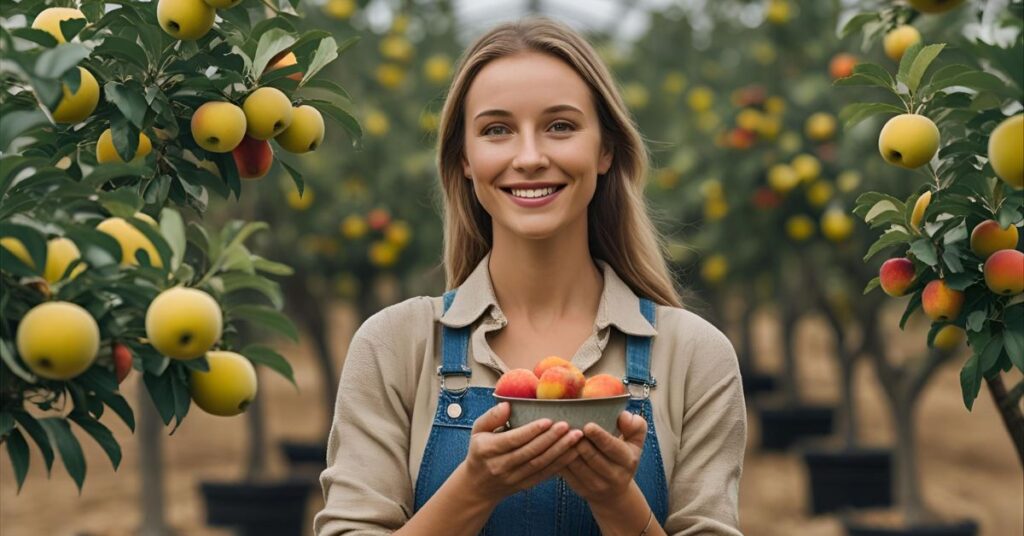
Owning or managing an orchard offers a wide range of advantages that extend beyond just growing delicious fruit. From environmental gains to economic opportunities, orchards provide multiple benefits for individuals, communities, and the planet.
Environmental Benefits
Orchards play a crucial role in supporting the environment. Trees in an orchard act as natural carbon sinks, absorbing carbon dioxide from the atmosphere and helping to combat climate change. They also enhance biodiversity by providing habitat for birds, beneficial insects, and other wildlife. Additionally, orchards improve soil health by preventing erosion, increasing organic matter, and maintaining nutrient cycles, which supports long-term sustainable farming.
Economic Benefits
One of the most obvious advantages of an orchard is the income potential. Commercial orchards can generate revenue by selling fresh fruits, nuts, or processed products like juices and jams. Beyond direct sales, orchards can open doors to agritourism—inviting visitors to pick fruit, tour the grounds, or attend events, which boosts local economies and creates jobs in farming and hospitality.
Health Benefits
Having an orchard gives you direct access to fresh, nutrient-rich fruits, often grown organically without harmful chemicals. Eating homegrown or locally sourced fruit supports a healthy diet and can reduce dependence on store-bought produce, which may lose nutrients during transportation and storage.
Aesthetic and Recreational Benefits
Orchards create beautiful, peaceful landscapes that can enhance the visual appeal of any property. They offer a serene environment for outdoor activities like walking, picnicking, or simply relaxing under the shade of fruit trees. Many people find tending an orchard a rewarding hobby that promotes mental well-being.
Community Benefits
Orchards contribute significantly to local food systems by providing fresh produce close to where people live, reducing the environmental impact of long-distance food transport. They also create employment opportunities in farming, harvesting, and sales, strengthening rural economies and fostering community connections around shared agricultural heritage.
How to Start an Orchard: Step-by-Step Guide

Starting an orchard can be a rewarding venture, whether for personal enjoyment or commercial production. Here’s a clear step-by-step guide to help you establish a thriving orchard from the ground up.
Step 1: Planning and Research
Before planting a single tree, thorough planning is essential. Choose a location with the right climate, soil type, and adequate water availability, as these factors greatly influence tree growth and fruit quality. Research the types of fruit or nut trees best suited to your region’s temperature, rainfall, and soil conditions. Also, consider market demand if you plan to sell your produce, focusing on fruits that are popular and profitable in your area.
Step 2: Preparing the Land
Once you’ve selected the site, prepare the land for planting. Start by testing your soil to understand its nutrient content, pH, and texture. Based on the results, amend the soil as needed to create ideal growing conditions. Clear the land of debris, weeds, or unwanted vegetation, and level it to ensure proper drainage and easy maintenance.
Step 3: Selecting and Buying Trees
Choose healthy seedlings or grafted trees from reputable nurseries. Grafted trees often produce fruit faster and may be more disease-resistant. When selecting varieties, consider rootstocks that are well-adapted to your local soil and climate. This choice can affect tree size, disease tolerance, and overall productivity.
Step 4: Planting the Trees
Plant your trees with proper spacing to allow adequate sunlight, air circulation, and room for growth. Spacing varies depending on the species and rootstock, but generally ranges from 10 to 25 feet apart. Timing is also critical—plant in early spring or late fall when trees are dormant to give them the best chance to establish roots before the growing season.
Step 5: Caring for the Orchard
Regular care is key to orchard success. Set up an efficient irrigation system to meet your trees’ water needs without overwatering. Apply fertilizers based on soil tests to provide essential nutrients. For pest and disease management, consider organic methods such as beneficial insects, natural sprays, or companion planting. Pruning and training trees help maintain shape, improve air flow, and increase fruit production.
Step 6: Harvesting and Maintenance
Knowing when your fruit is ripe is essential to ensure the best flavor and storage life. Learn the signs of maturity for your specific fruit types, such as color change, firmness, or taste tests. Harvest carefully to avoid damaging the fruit or trees. After harvest, continue maintaining your orchard by monitoring tree health, preparing for winter, and planning for the next growing season to keep your orchard productive for years to come.
Common Challenges and How to Overcome Them
Starting and maintaining an orchard can be highly rewarding, but it also comes with its share of challenges. Understanding these obstacles and how to manage them will help you build a healthier, more productive orchard.
Pests and Diseases
Fruit trees are vulnerable to a variety of pests like aphids, codling moths, and scale insects, as well as diseases such as apple scab, powdery mildew, and fire blight. To combat these threats, regular monitoring is crucial. Implement integrated pest management (IPM) practices that combine natural predators, organic sprays, and proper pruning to reduce infestations. Choosing disease-resistant tree varieties can also significantly lower the risk of severe outbreaks.
Weather and Climate Risks
Orchards face weather-related challenges, including frost, drought, excessive rainfall, and storms. Frost can damage blossoms and reduce yields, while drought stresses trees and impacts fruit quality. To mitigate these risks, consider frost protection methods such as wind machines or sprinklers, and install efficient irrigation systems to maintain adequate soil moisture during dry spells. Selecting tree varieties suited to your local climate can also improve resilience.
Initial Investment and Time to Maturity
Establishing an orchard requires a significant upfront investment in land, trees, equipment, and labor. Additionally, many fruit trees take several years to mature and produce a full harvest, which can be financially challenging for new orchardists. Careful financial planning, starting small, and considering intercropping or quick-yield crops can help manage costs and cash flow during the early years.
Tips for Sustainable Orchard Management
Sustainability is key to long-term orchard success. Use organic fertilizers and compost to enrich soil naturally, and practice crop rotation or cover cropping to maintain soil health. Minimize chemical use by adopting biological pest control and encouraging biodiversity. Regularly prune and thin trees to improve air circulation and reduce disease risk. Finally, keep detailed records of orchard activities to track progress and make informed decisions over time.
If you’re trying to tell the difference between similar citrus fruits, the clementine vs mandarin comparison is a great place to start.
Orchard vs Orchid: What’s the Difference?
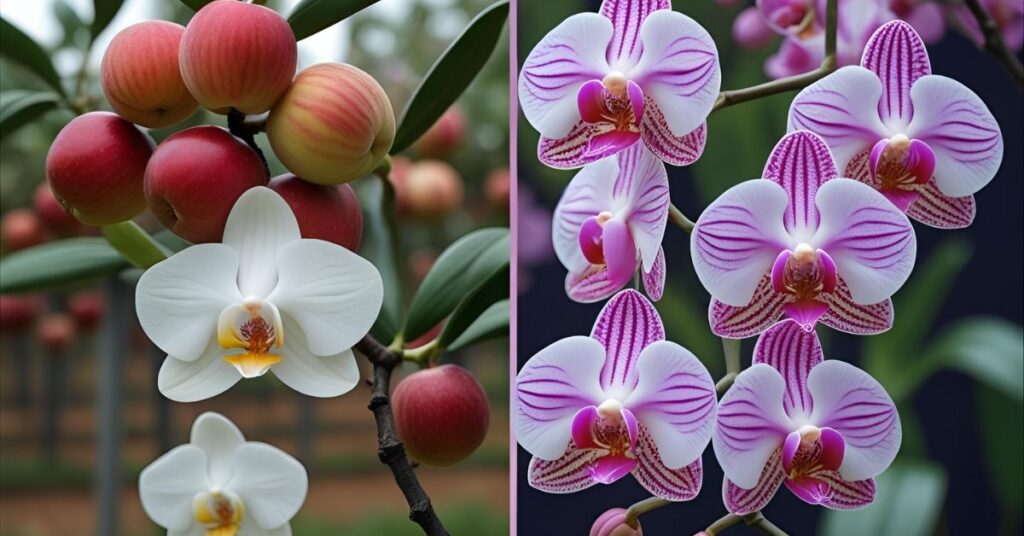
Though they sound similar, orchard and orchid refer to completely different orchard definition things:
Orchard
- Definition: A piece of land where fruit or nut trees are grown systematically for harvesting.
- Purpose: Used in agriculture for producing food such as apples, oranges, or almonds.
- Example: “The apple orchard was full of ripe fruit ready for picking.”
Orchid
- Definition: A type of flowering plant known for its beauty and diverse blooms.
- Purpose: Grown mainly for ornamental or decorative use, not for food.
- Example: “She grows rare orchids in her greenhouse.”
Key Differences at a Glance
| Feature | Orchard | Orchid |
|---|---|---|
| Type | Agricultural land | Flowering plant |
| Purpose | Fruit or nut production | Decoration or floral displays |
| Example Plants | Apple, peach, almond trees | Phalaenopsis, Dendrobium, etc. |
| Usage | Farming and food supply | Gardening and floral gifting |
Conclusion
An orchard is a dedicated area where fruit or nut trees are carefully planted and nurtured to produce fresh, nutritious harvests. Whether you choose a commercial, home, organic, mixed, or specialty orchard, the benefits are numerous, ranging from environmental improvements and economic opportunities to health advantages and community support. Starting an orchard not only provides access to delicious, homegrown produce but also contributes positively to the environment and local food systems.
With thoughtful planning, proper care, and patience, anyone can successfully start and maintain an orchard. By choosing the correct location, selecting suitable tree varieties, and following sustainable management practices, you can enjoy the many rewards orchards offer. If you’re ready to take the next step, consider researching specific fruit tree types for your region, exploring local nurseries, or connecting with experienced orchardists for guidance.
For more information, check out resources on orchard management, organic farming, and sustainable agriculture to help your orchard thrive for years to come.
FAQs:
1. What exactly is an orchard?
An orchard is a specially designated area where fruit or nut trees are planted and cultivated for harvesting. Unlike general gardens or farms, orchards focus mainly on growing tree crops for food production.
2. What are the main types of orchards?
The main types include commercial orchards (large-scale for market sales), home orchards (small-scale for personal use), organic orchards (grown without synthetic chemicals), mixed orchards (multiple fruit varieties), and specialty orchards (focused on one fruit or nut type).
3. What are the benefits of starting an orchard?
Orchards offer environmental benefits like carbon sequestration and biodiversity, economic income from selling produce or agritourism, health benefits from fresh fruit, aesthetic value, and support for local communities.
4. How do I choose the right fruit trees for my orchard?
Choose fruit trees based on your local climate, soil conditions, water availability, and market demand if you plan to sell. It’s important to select varieties that are well-adapted to your region.
5. How long does it take for fruit trees to start producing?
Most fruit trees take between 2 and 5 years to begin producing fruit, depending on the species and rootstock. Patience and proper care during this period are essential.

